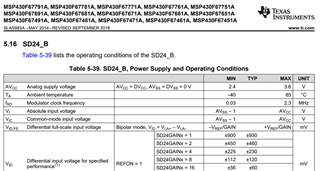Hello Team,
To protect ADC pins of MCU, clamping diodes are essential. If the input voltage of an ADC pins is maximum of let us say, 3.6V, the clamping diode of 0.2V to 0.3V should be used when the diode is connected between ADC pin and 3.3V source.
Is my understanding right?
In reference design available in the design guide TIDM-3PHMTR-TAMP-ESD there are two PMLL4148 whose forward voltage (Vf) is 0.7V used in the current sensing section. Total voltage drop is 1.4V across 2 diodes. Which means ADC pin is clamped at 4.7V which could damage microcontroller.
Shall i use one Schottky with 0.2V forward drop in place of 2 PMLL4148 diodes to protect MSP controller with 3.5V clamping at ADC pin?
If not, please explain the reason for 2 PMLL4148 for clamping.


